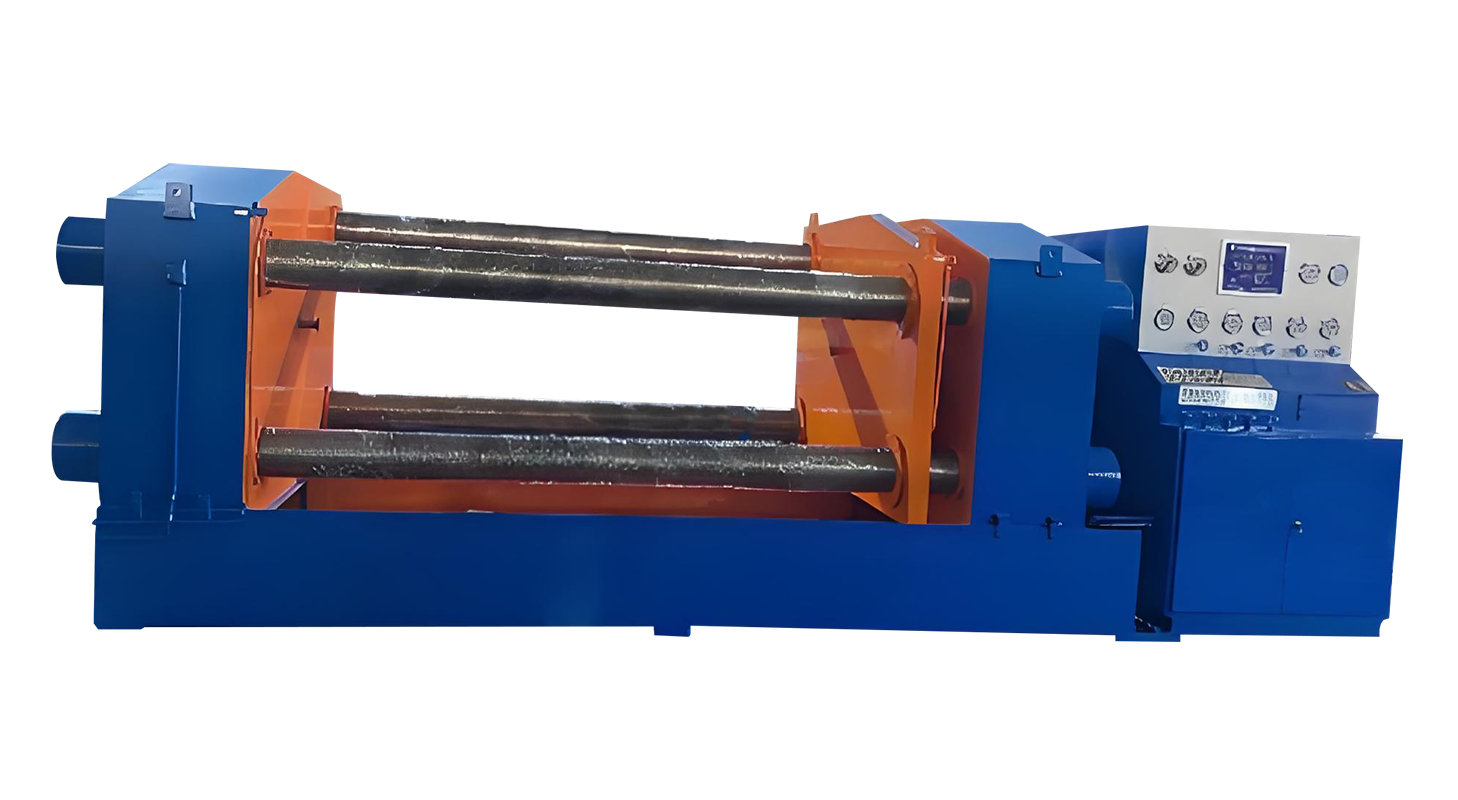Jun 25, 2025
Valve assembly testing is a crucial stage in ensuring that valves meet the required standards for safety, durability, and functionality before they are installed in critical systems. The testing processes involve a variety of specialized equipment and procedures designed to evaluate different performance aspects of valve assemblies. Among the essential tools used in these processes are the Valve Endurance Test Machine and On-site Valve Test Equipment, which help manufacturers and operators verify valve reliability and operational integrity.

Understanding Valve Assembly Testing
Valve assembly testing encompasses a range of procedures aimed at assessing the physical and operational characteristics of valves. This testing typically begins after the valve has been assembled and includes inspections for leaks, pressure resistance, functionality under load, and endurance through repeated cycles. These tests ensure that valves can withstand real-world operating conditions and maintain their integrity over time.
Key Testing Procedures in Valve Assembly
Leak Testing
Leak testing is fundamental to valve assembly inspection. This test detects any potential leakage paths through the valve body or seat. Both pneumatic and hydrostatic methods are commonly used, depending on the valve type and application. Pneumatic leak testing uses compressed air or gas, while hydrostatic testing involves pressurizing the valve with water to check for leaks.
Pressure Testing
Pressure testing assesses the valve's ability to withstand specified pressure levels without failure. This can include both shell testing, which tests the valve body’s strength, and seat testing, which verifies the sealing surface’s ability to hold pressure without leakage.
Functional Testing
Functional tests verify the operational performance of the valve, such as opening, closing, and throttling actions. These tests ensure that the valve operates smoothly and responds correctly to control inputs.
Endurance Testing
Endurance or fatigue testing evaluates how well the valve performs over prolonged use. This process is designed to simulate repeated cycles of valve operation, exposing it to mechanical stresses that would occur during its lifecycle.
The Role of the Valve Endurance Test Machine
The Valve Endurance Test Machine is a critical piece of equipment designed specifically to carry out long-term durability assessments. By subjecting valve assemblies to continuous cycles of opening and closing under controlled conditions, this machine simulates years of operational wear in a condensed timeframe. The data collected during these tests helps determine the valve's lifespan and identify any weaknesses in the assembly that could advance to premature failure.
Endurance testing with this machine also evaluates components such as seals, seats, and actuators for wear resistance. It can detect gradual performance degradation, which might not be apparent in shorter tests, providing valuable insights into maintenance needs and potential design improvements.
Benefits of On-site Valve Test Equipment
While factory-based testing is thorough, certain applications require valve testing directly in the field. This is where On-site Valve Test Equipment becomes invaluable. These portable testing units allow operators to conduct leak, pressure, and functional tests without removing the valve from the system. This capability significantly reduces downtime and maintenance costs.
On-site equipment typically includes compact pressure pumps, digital gauges, and specialized adapters to fit various valve types and sizes. This equipment supports rapid diagnostics and verification, which is especially beneficial in industries such as oil and gas, water treatment, and power generation, where valve failure can advance to serious operational issues.
Integration of Testing Methods
Combining factory assembly tests with on-site testing methods creates a comprehensive approach to valve quality assurance. Valves tested extensively in controlled environments by devices like the Valve Endurance Test Machine have their durability validated before shipment. Once installed, periodic on-site testing ensures ongoing valve performance and helps detect emerging issues early.
Maintenance and Calibration of Testing Equipment
To maintain accuracy and reliability, both Valve Endurance Test Machines and On-site Valve Test Equipment require regular calibration and maintenance. Proper calibration ensures that pressure readings, cycle counts, and leak detection metrics remain consistent and trustworthy over time. Routine maintenance of mechanical components prevents unexpected equipment failures during critical testing phases.
Valve assembly testing processes are vital to ensuring valve reliability, safety, and performance in demanding industrial applications. Utilizing specialized devices such as the Valve Endurance Test Machine for durability assessments, alongside On-site Valve Test Equipment for in-field verification, supports a robust quality assurance system. These testing practices contribute to safer operations, extended valve service life, and informed maintenance scheduling, all of which are fundamental to efficient industrial process management.